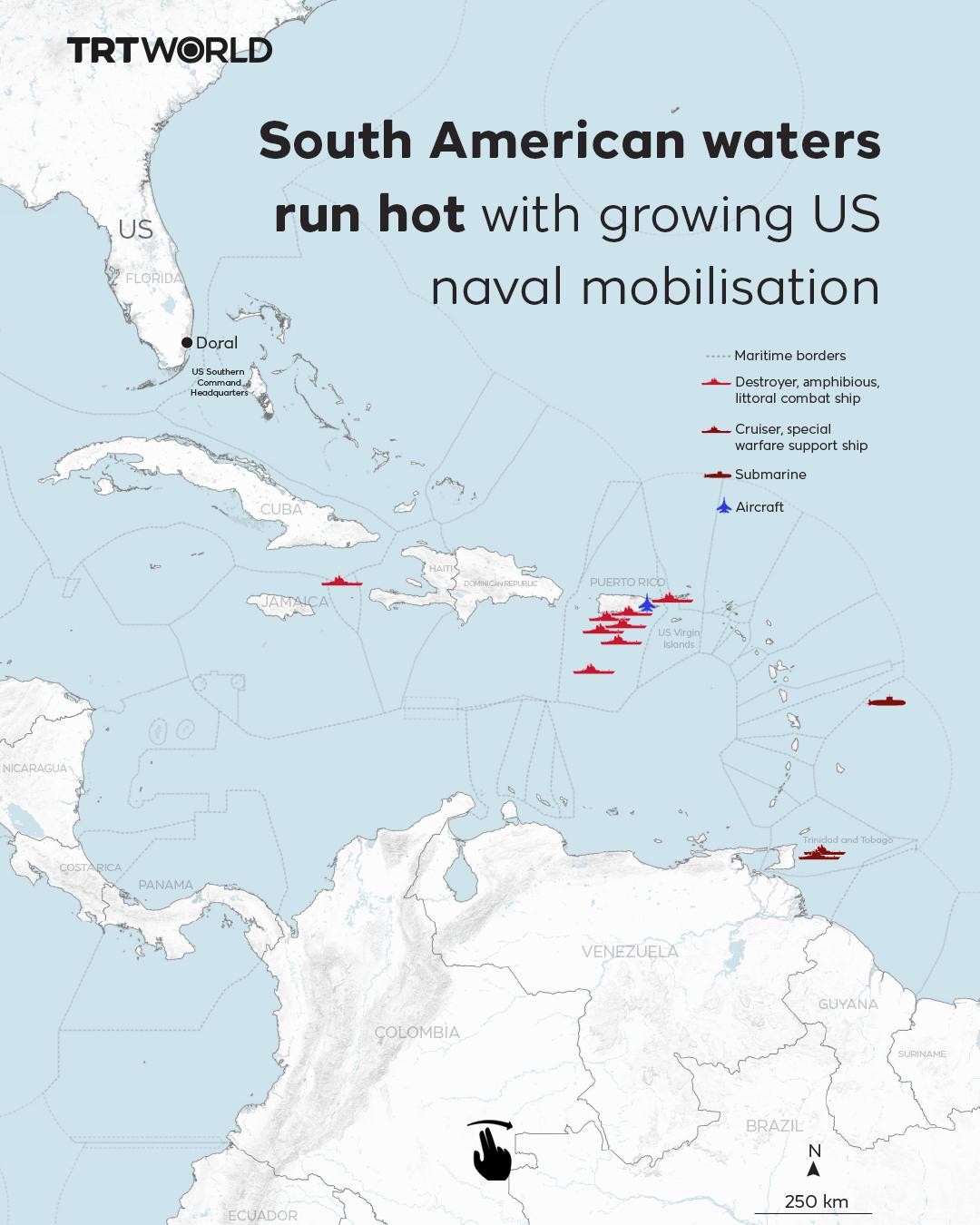Ocean Currents Map of South America


Marcus Rodriguez
Historical Geography Expert
Marcus Rodriguez specializes in historical cartography and geographic data analysis. With a background in both history and geography, he brings unique...
Geographic Analysis
What This Map Shows
The map titled "The seas off South America are stirring again" illustrates the intricate patterns of ocean currents that flow in the waters surrounding the continent. This visualization captures the dynamism of the oceanic environment, highlighting major currents such as the Humboldt Current and the Brazil Current. These currents play a crucial role in marine ecology, weather patterns, and even global climate. They are not just lines on a map; they are pathways that influence biodiversity, fishing industries, and climate systems across South America and beyond.
Deep Dive into Ocean Currents
Ocean currents are vast rivers of seawater that move through the world's oceans. They are driven by several factors, including wind, water density differences (due to temperature and salinity), and the Earth’s rotation (the Coriolis effect). The currents surrounding South America are particularly unique due to the continent's geographical position and the interaction with other oceanic systems.
The **Humboldt Current**, also known as the Peru Current, flows northward along the western coast of South America. This cold, nutrient-rich current originates from the Southern Ocean and is a significant contributor to the productivity of the marine ecosystem. It supports one of the richest fisheries in the world, with species like anchovies and sardines thriving due to the upwelling of nutrients from the ocean floor. Interestingly, this current is vital not just for marine life but also for the economies of countries like Peru and Chile, where fishing is a key industry.
On the opposite side of the continent, the **Brazil Current** flows southward along the eastern coast. This warm current is part of the Atlantic Meridional Overturning Circulation and plays a crucial role in regulating the climate of the region. The warmth of the Brazil Current affects local weather patterns, contributing to the tropical climate of Brazil's coastline. However, it also influences the distribution of marine species, leading to different fishing practices and ecological impacts compared to areas influenced by the Humboldt Current.
Moreover, the interactions between these two currents create a unique marine environment. The meeting of cold and warm waters can lead to areas of high biological productivity, often referred to as upwelling zones. These zones are critical for supporting diverse marine life and are essential for the health of the ocean ecosystem.
Regional Analysis
Examining the ocean currents around South America reveals distinct regional characteristics. For instance, the coastal waters of northern Chile are heavily influenced by the Humboldt Current, making them some of the most productive fishing grounds globally. In contrast, the Brazilian coast, warmed by the Brazil Current, supports a different array of marine life and fishing methods.
In Argentina, the **Malvinas Current** (or Falkland Current) flows northward along the southeastern coast and interacts with both the Brazil and Humboldt currents. This confluence creates a rich habitat for various marine species and supports a fishing industry that targets species like squid and hake. Similarly, Uruguay benefits from these currents, where the mixing waters foster rich marine biodiversity and provide livelihoods for local fishermen.
What's fascinating is how these currents also affect different climate zones along the coastline. The cool, nutrient-rich waters driven by the Humboldt Current contribute to the arid conditions of the Atacama Desert, while the warmer waters of the Brazil Current help maintain the lush, tropical environments along Brazil's coast.
Significance and Impact
Understanding the ocean currents off South America is not just an academic exercise; it has real-world implications. These currents are integral to global climate patterns, and as climate change continues to impact ocean temperatures and currents, the consequences could be profound. For instance, changes in the strength or direction of the Humboldt Current could affect fish populations, leading to economic shifts in local communities reliant on fishing.
Moreover, the health of these currents also ties into global environmental issues, such as plastic pollution and marine habitat degradation. The currents can carry pollutants across vast distances, impacting ecosystems far removed from their original source. Thus, monitoring and understanding these currents is essential for addressing global challenges like climate change and marine conservation.
In conclusion, the ocean currents around South America are not merely physical phenomena; they are vital components of the ecological and economic fabric of the region. Their dynamics affect everything from local fisheries to climate stability, making them a critical area for ongoing research and conservation efforts.
Visualization Details
- Published
- October 29, 2025
- Views
- 10
Comments
Loading comments...